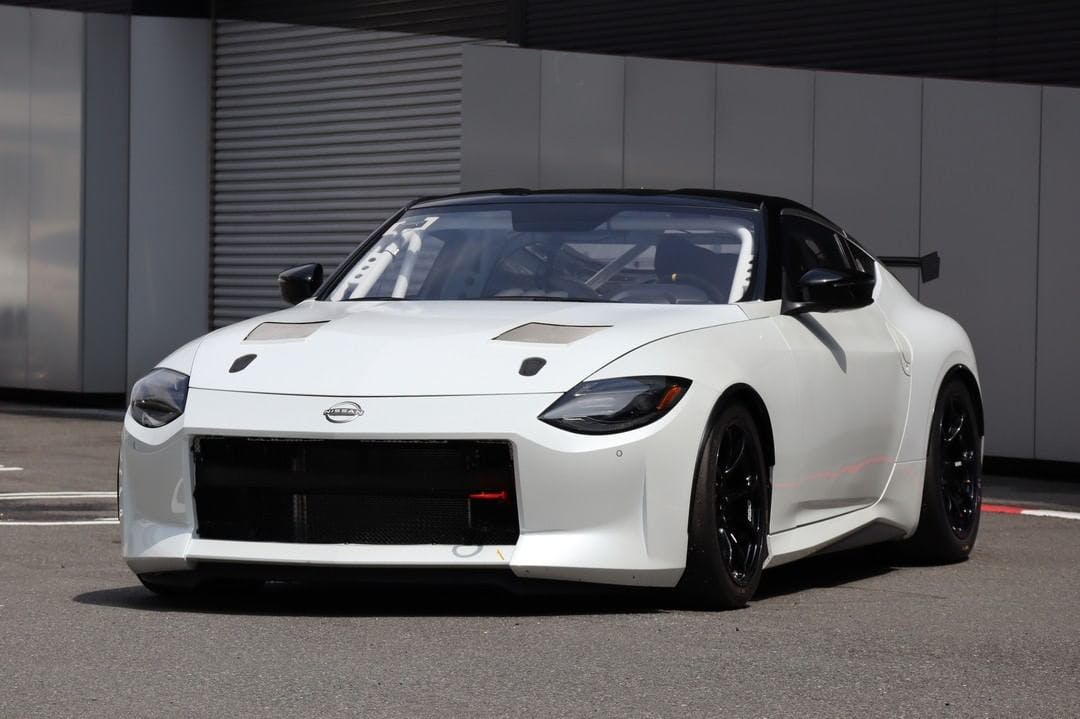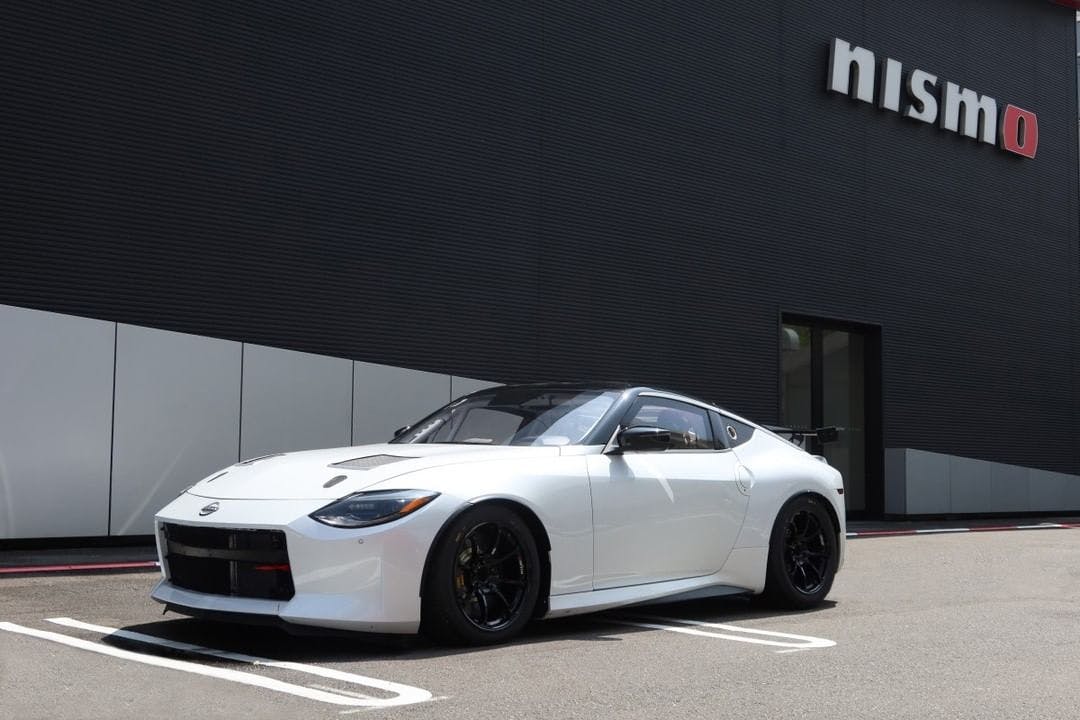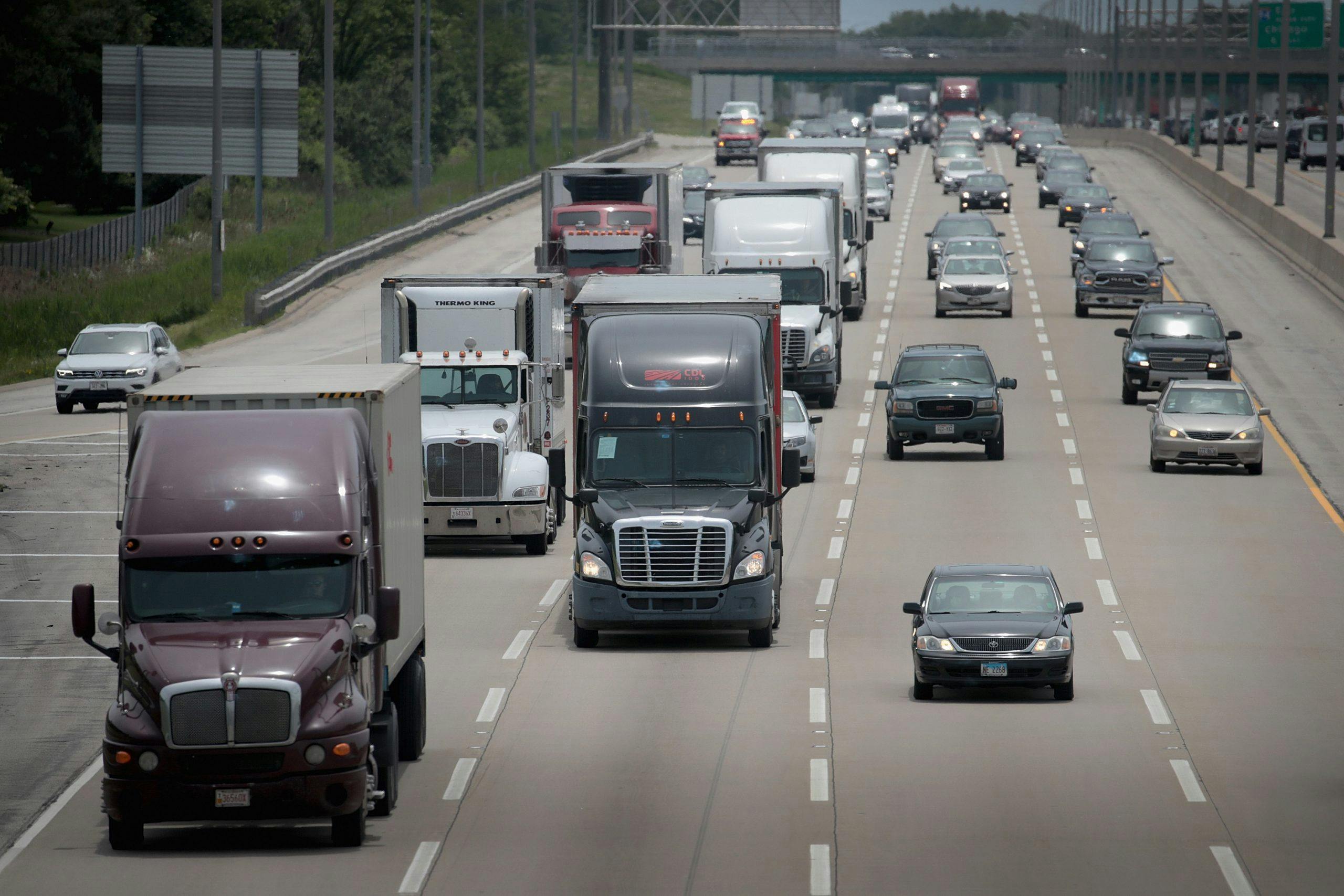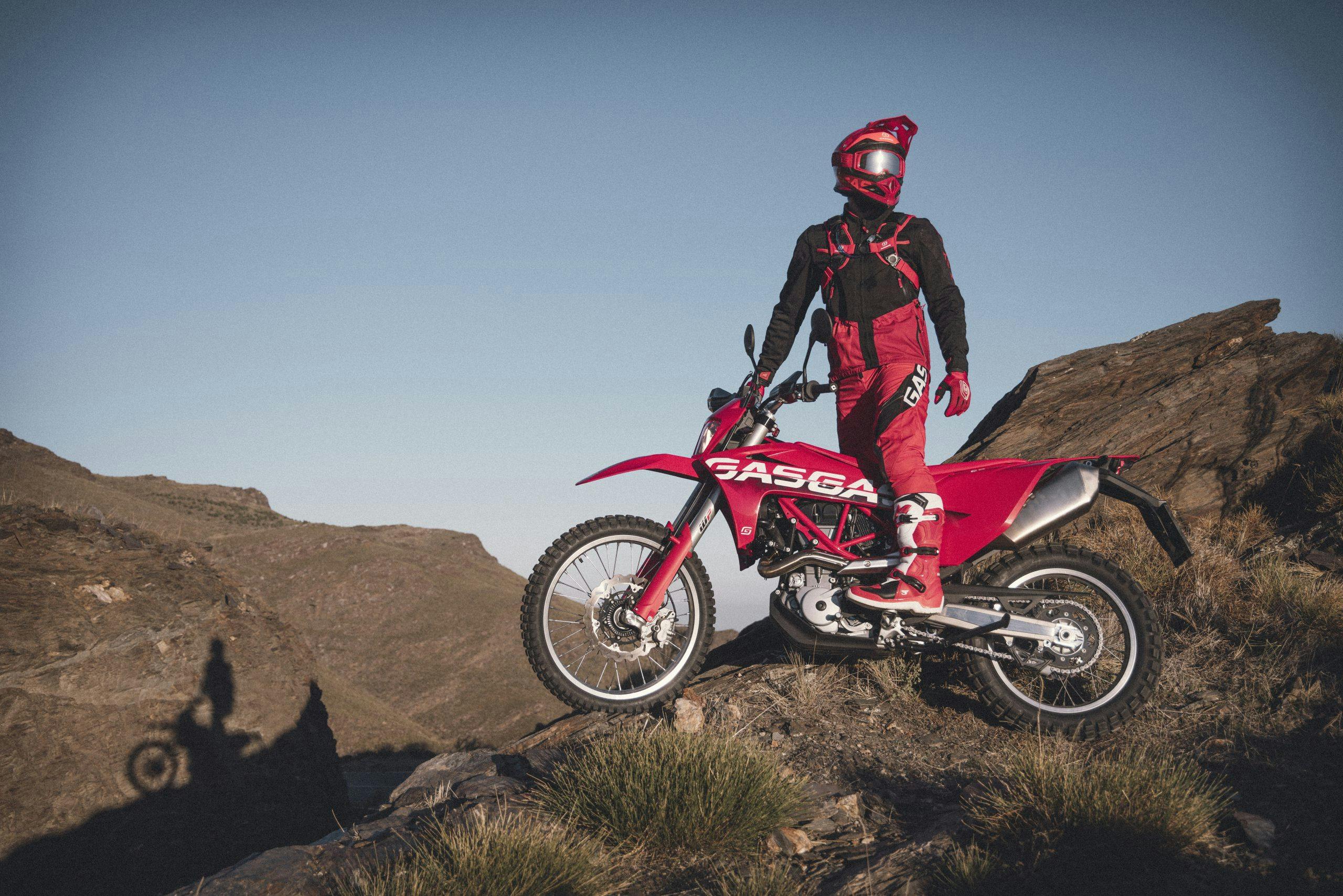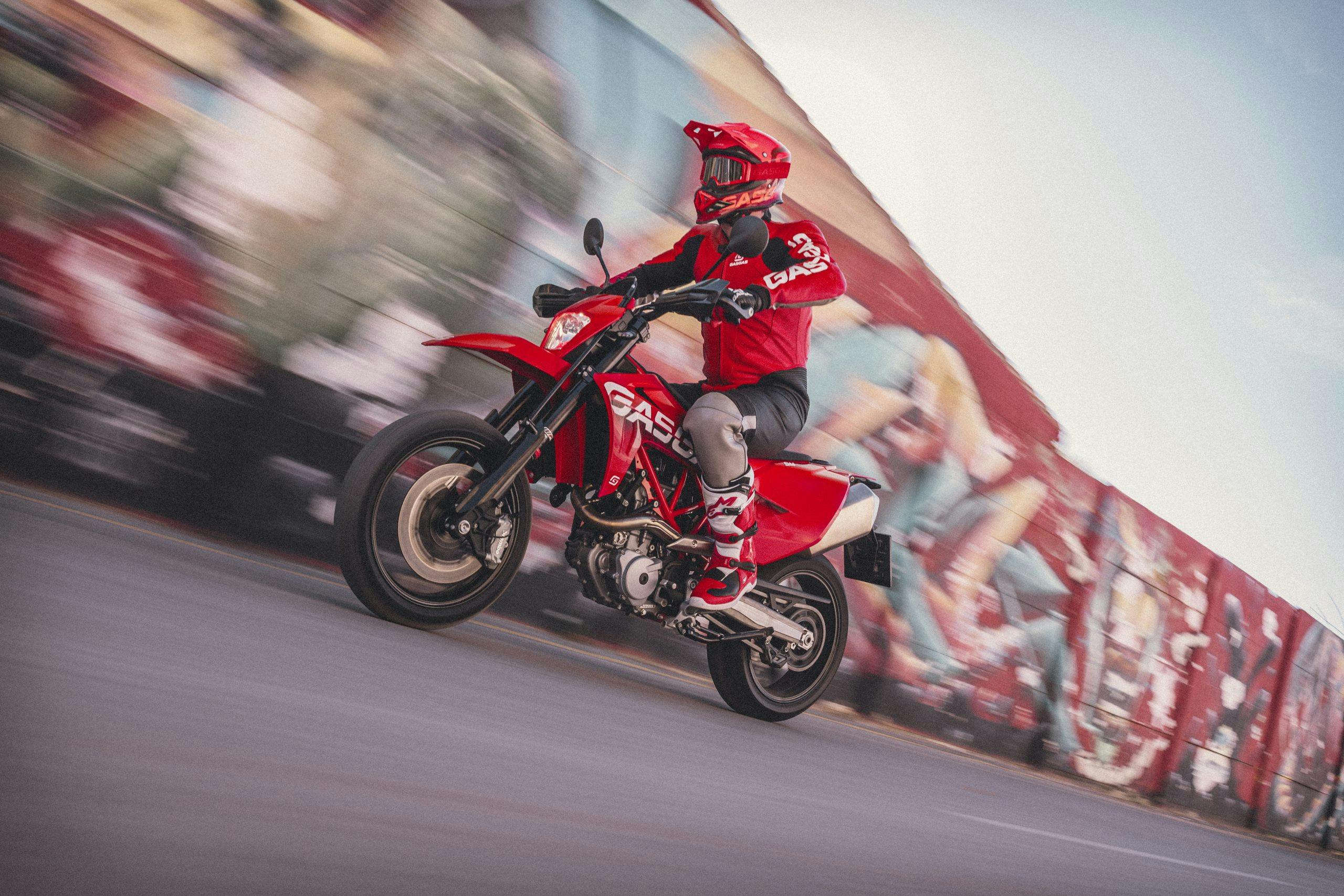Nissan hints at NISMO Z, electric mail trucks face lawsuits, dream in (Porsche PTS) color
Does Nissan’s experimental race Z foreshadow a NISMO variant?
Intake: Nissan is taking the Z racing—for the second time in the reborn model’s (pre-production) lifetime. This time, instead of wild bodywork and massive wings for Super GT’s GT500 class, the new Z is adopting a more modest outfit ahead of its trip to Fuji Speedway for the venerable 24 Hours of Fuji endurance race. According to Motorsport.com, two caged and winged Zs will enter the ST-Q class, which exists to absorb and homologate cars that otherwise do not conform to any specific class regulations (think GT3- and GT4-type rulebooks). Reading between the lines, we’d expect that Nissan is using the race to evaluate the Z for use in other categories such as GT3 or GT4 in the future.
Exhaust: Could this race Z be a testbed for an even hotter version of the consumer product? We expect so. NISMO, the brand’s motorsports division, is often tapped for special high-performance editions of Nissan’s road cars, such as the GT-R, and we frankly can’t imagine Nissan passing on an opportunity to rejoin the Z and NISMO nameplates (as it did with the 350 and 370 models). The crucible of motorsport is be the perfect place to evaluate components like rear wings, different suspension hardware, and even drivetrain upgrades while enhancing the car’s street cred and visibility.
Autonomous vehicles will get their own stretch of road on Michigan’s I-94
Intake: A busy stretch of I-94 between Detroit and Ann Arbor will become first major Michigan highway designed specifically for autonomous vehicles. According to multiple media outlets including mlive.com, the corridor has received $130 million in capital funding, led by Ford Motor Company and Sidewalk Infrastructure Partners. The 25-mile roadway is being developed by startup Cavnue and is expected to be fully functional by 2024 or ’25. According to a press release, Cavnue will use Ford vehicles and hands-free driving technology to demonstrate how the company’s smart road platform can enhance vehicle performance experiences through vehicle-to-infrastructure connectivity. Cavnue CEO Tyler Duvall vows, “We will prove to the world that we can create an operating environment for advanced vehicles that is safer and more efficient than just a normal roadway.” On a smaller scale, Michigan State University began utilizing an electric autonomous bus route last week.
Exhaust: Whether you love the idea of autonomous vehicles or remain leery of the technology, this is next logical step to determine their long-term feasibly, particularly in heavily populated areas. Expect to see more projects like this pop up on stretches of roadway in many parts of the country as manufacturers and autonomous vehicle firms continue to develop the technology.
16 states are suing to electrify USPS fleet
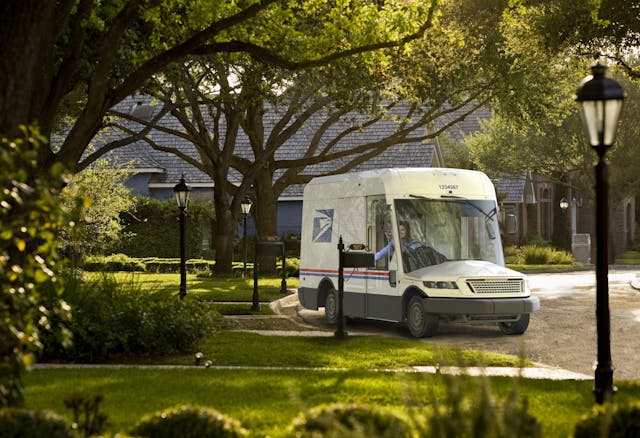
Intake: Sixteen states that want the U.S. Postal Service to buy more electric delivery vehicles are suing to halt the purchase of thousands of gas-powered trucks as the USPS attempts to replace its aging fleet. In three separate lawsuits—filed by the states, environmental groups, and a labor union—judges are being asked to order a more thorough environmental review before the USPS can move forward with its $2.98 billion order of 50,000 new delivery vehicles from Oshkosh Corp. (States in the lawsuit include California, Connecticut, Delaware, Illinois, Maine, Maryland, Michigan, New Jersey, New Mexico, New York, North Carolina, Oregon, Pennsylvania, Rhode Island, Vermont, and Washington.)
Exhaust: In the immortal words of baseball legend Yogi Berra, “It ain’t over ’til it’s over.” And it definitely ain’t over yet. It wasn’t over when the USPS pumped the brakes on its original plan to electrify only 10 percent of its new fleet. It wasn’t over when the USPS “finalized” those plans in defiance of the Biden administration’s objections. And it wasn’t over when the USPS announced that it was doubling the planned number of EVs from 5000 to 10,000. If this lawsuit doesn’t finally put an end to this rollercoaster ride, we may have to circle back for more of Yogi’s oddly illogical wisdom: “When you reach a fork in the road, take it.”
A VW ID. Buzz pickup could be on the cards

Intake: VW is reportedly considering adding a pickup bed to its ID. Buzz electric van to capitalize on what Volkswagen of America CEO Scott Keogh called the “chance of a lifetime”. “Electrification gives you a reset moment,” said Keogh in an interview with Business Insider. “It gives you a chance to bring some, let’s say, alternatives and some new ideas into this great segment.” The German firm is thinking of expanding its Chattanooga, Tennessee factory to build the ID. Buzz and a pickup version alongside the ID.4 crossover, according to a report from Reuters. The first ID. Buzz isn’t due in the states until 2024, and we’re only going to get a long-wheelbase version of the cheery machine pictured above. Volkswagen is currently one of the few mainstream brands that doesn’t offer a pickup in the U.S. It’s got the Ford Ranger-based Amarok for markets in Europe, South America, and elsewhere, but we’re unlikely to ever see that come to our shores.
Exhaust: Everyone expected Volkswagen to come up with a bed for its ID. Buzz, but we thought it would be inside, along with a kitchen for campers. This new development opens up even more “lifestyle” opportunities for the reborn bus. One of the big benefits of electric vehicles are their simplified platforms, which allow for all manner of bodies to be dropped atop them. With seemingly everyone else rushing to get into the electric pickup game—from Ford, to Ram, to Chevy, to Kia—why shouldn’t VW?
Street-legal GasGas motorcycles return, but it’s not a surprise
Intake: Spanish motorcycle manufacturer GasGas has been on a resurgence of off-road performance over the last two years, so it might come as a surprise to hear that the brand’s latest move involves two “new” street-legal models. The SM 700 and ES 700 are both 692cc single-cylinder engines pumping out a pulse-raising 74 horsepower. With a light trellis frame and uniquely tuned WP suspension for each model, this pair is ready to take a rider anywhere.
Exhaust: You probably noticed the quotations on new above. See, these two models are new in a way, but in another way they very much are not. Both the SM 700 and ES 700 are badge-engineered models that KTM and Husqvarna have been selling for years. KTM purchased Husqvarna in 2013 and GasGas in 2019, and the newly-formed conglomerate has been rolling out extremely similar models across the three brands ever since. This could be due to the increased difficulty in meeting emissions requirements worldwide, or just an attempt for the Austrians at KTM to take over the motorcycle world.
Visualize your perfect Porsche with new Paint to Sample tool
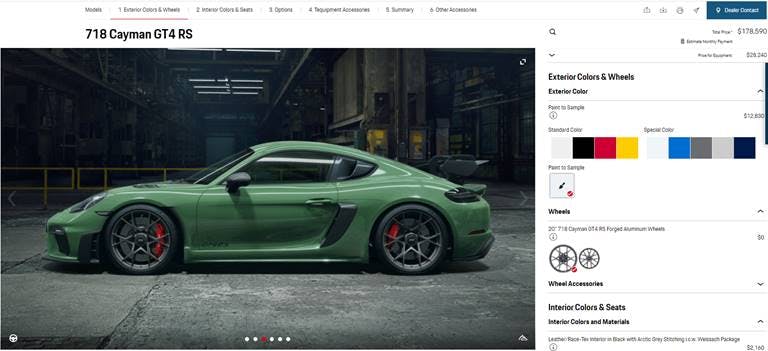
Intake: Porsche’s Paint to Sample program offers hundreds of hues to slather on your dream car. If none of the pre-loaded pantones suited your eye, you could even provide your own sample for the German brand to match. However, there was no way to tell exactly what the finished car would look like until it was painted. That’s all changed as Porsche has added Paint to Sample to its online configurator so you can visualize your next Taycan or 718 Cayman in almost any color imaginable. To help navigate through this rainbow riot you can filter by metallic and non-metallic paints, and different color groupings. Currently all models except the 911 are online, but that’s expected to be added shortly.
Exhaust: If you need to reach us today, we’ll be sweating the perfect shade of blue for our 718 Cayman GT4. Or should we choose between the 29 shades of green? Choices, choices. Porsche’s Paint to Sample program has been a roaring success, and adding this tech to its configurator—already one of our favorites to burn whole afternoons sifting through—will make it that much better. Be warned, though, should you succumb to temptation, the price of Paint to Sample is $11,430. Worth it to skip Guard’s Red, in our minds.

